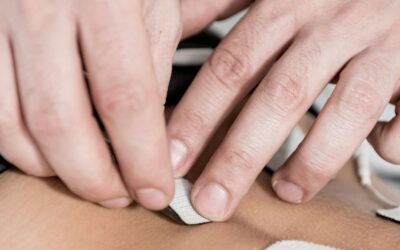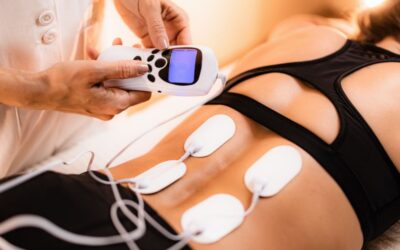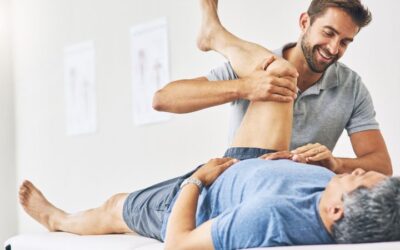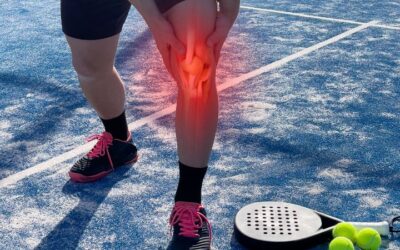Blog
How Advanced E-Stim Therapy Finds Neuromuscular Pain with 100% Accuracy
What if there was a way to pinpoint your pain with precision and treat it effectively, all without invasive procedures or medications? The Neubie, a revolutionary electrical stimulation (e-stim) device, does exactly that. Available at every East Athens Physical...
Benefits of Physical Therapy for Chronic Pain Management in Watkinsville, GA
Living with chronic pain can feel overwhelming, but there’s hope for relief without relying solely on medication or invasive procedures. Your local physical therapy clinic in Watkinsville, GA offers a safe and effective way for our residents to reduce pain, improve...
Reflecting on 2024: Gratitude for a Successful Year
What a year it has been! As we close out 2024, we want to take a moment to reflect on the accomplishments, milestones, and moments of connection that made this year so special. From serving our amazing patients to achieving a significant growth milestone with...
Your Guide to Orthopedic Physical Therapy in Athens, GA
Dealing with pain, injury, or limited mobility? Orthopedic physical therapy in Athens, GA could be the key to helping you recover and regain your strength. Whether it’s a sports injury, post-surgical recovery, or managing a chronic condition, orthopedic physical...
5 Signs Your Knee Pain Might Be an ACL Injury
Knee pain keeping you from the activities you love? It could be more than a minor strain. An ACL injury is one of the most common and serious causes of knee pain, especially for athletes or active individuals. Recognizing the signs early can make all the...
Benefits of Sports Concussion Rehab for Athens Athletes
Have you or your child suffered a concussion while playing sports? Ignoring the symptoms or rushing back into play can have serious long-term effects. Luckily, your local team at East Athens Physical Therapy offers specialized sports concussion rehab to help...
How to Prepare for Your First Physical Therapy Visit in Oconee
Now that you’ve made the decision to seek care from a local physical therapist, it’s time to prepare for the visit. Getting ready for your first physical therapy visit can bring up many questions, especially if you’re experiencing pain or recovering from an...
How Physical Therapy Can Help You Avoid Spine Surgery: Back Pain Relief in Athens
Facing the possibility of spine surgery can be daunting. For many of our patients in Athens, GA, chronic back pain or spine conditions may feel like a path that inevitably leads to surgery. However, physical therapy offers a non-invasive solution that can help...
How Neubie Technology is Changing Physical Therapy in Oconee and Beyond
In the world of physical therapy, advanced tools can make a big difference in how quickly and effectively patients recover. With an ongoing commitment to treat the whole patient in the most effective, efficient way possible, East Athens Physical Therapy is excited to...
How to Choose the Best Physical Therapist in Athens, GA
Looking for a physical therapist near you can feel overwhelming, especially if you're managing pain, recovering from surgery, or trying to prevent a sports injury. For those in the Athens, Georgia area, East Athens Physical Therapy has four convenient locations,...










